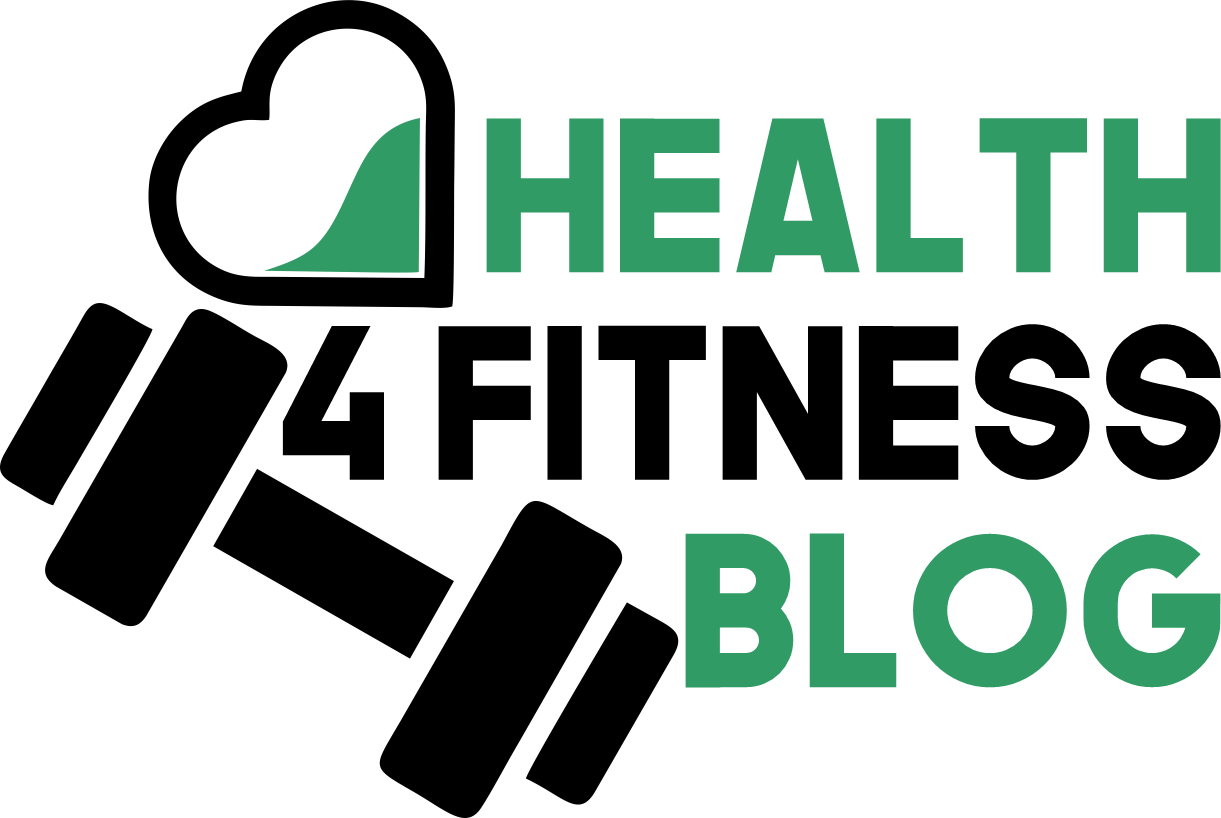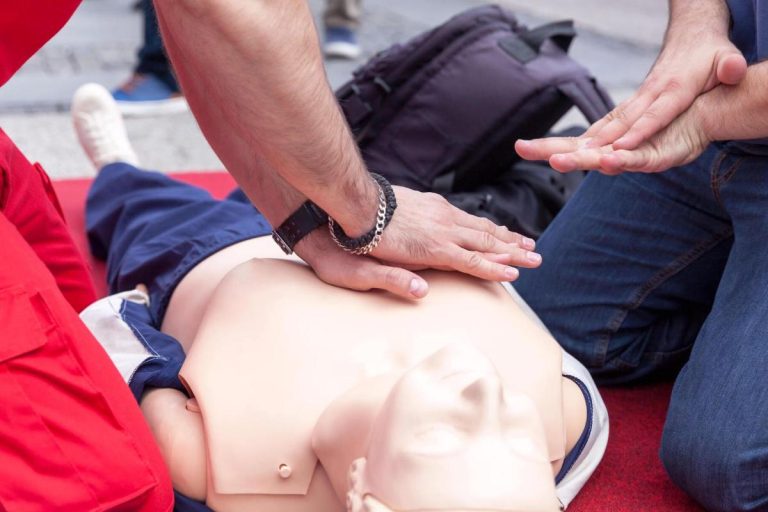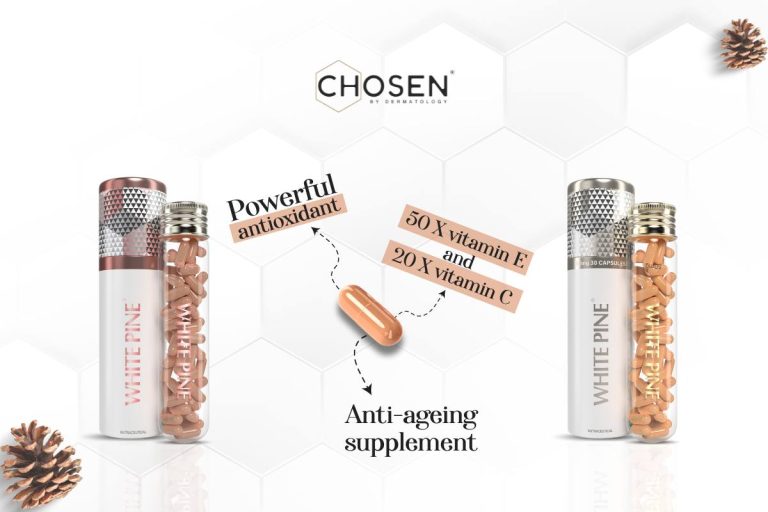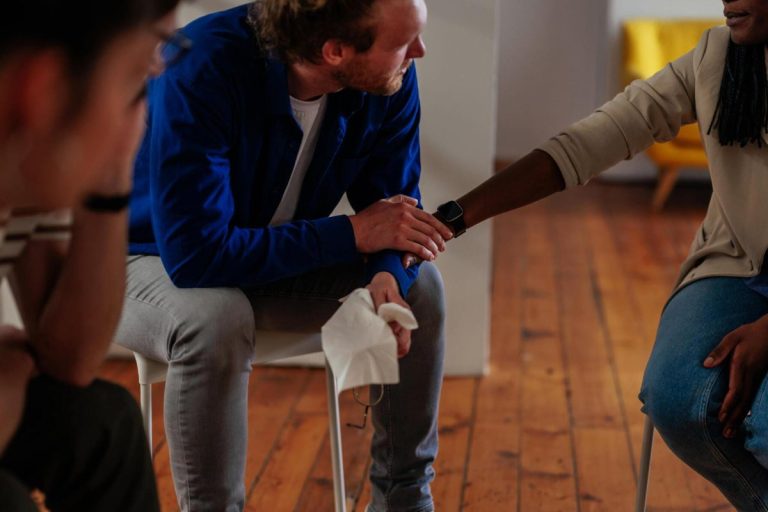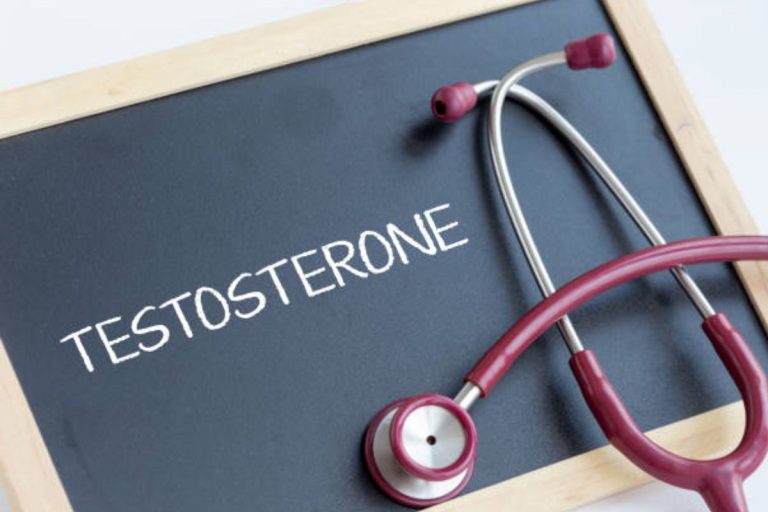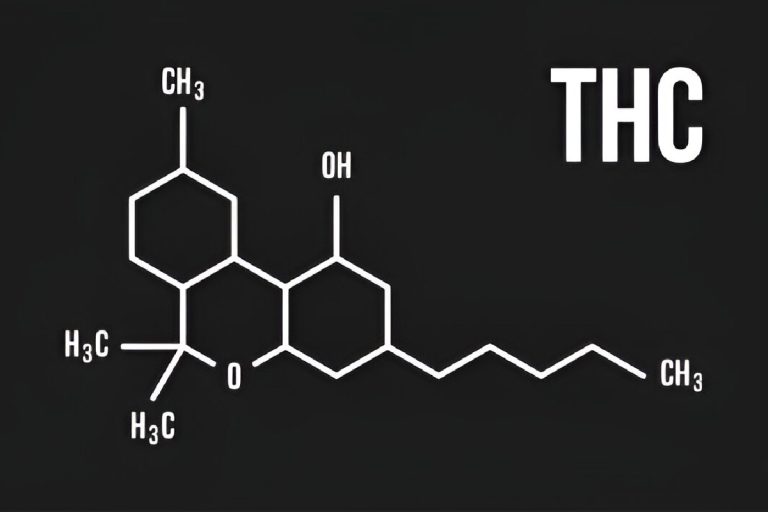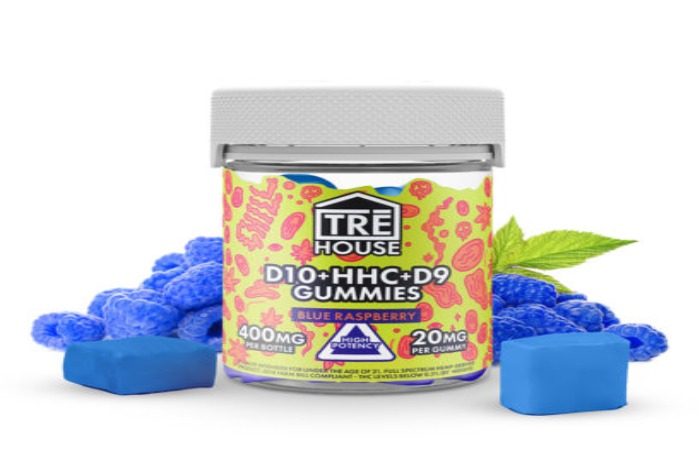Resistance bands are incredibly versatile pieces of fitness equipment that offer many benefits. Not only do they help build total body strength, but they also provide a low-impact workout that is gentle on your joints.
Resistance bands, such as exercise bands with handles, are great for targeting smaller muscle groups that may be harder to activate with traditional weights. And the best part? They are compact and convenient, allowing you to use them anywhere, whether at home, in the gym, or while traveling.
So, grab your resistance exercise bands with handles and prepare to take your workout to the next level. Here, we’ve compiled the top five popular resistance band exercises you can incorporate into your workout routine today, or you can visit FitCord Fitness for further information.
Table of Contents
1. Lunge with Bicep Curl
This exercise combines two classic moves to give you a full-body workout. Start by standing with your feet hip-width apart, the band under your front foot, and the ends in each hand. Curl your arms towards your shoulders as you step back into a lunge. This move targets your legs, glutes, and biceps, making it a tremendous multi-muscle group exercise.
2. Squat with Overhead Press
The squat with the overhead press is another compound movement that simultaneously works for multiple muscle groups. Stand on the band with feet shoulder-width apart, holding the ends with your hands at shoulder level. Squat down as if sitting back into a chair, then push back up to standing while pressing your hands overhead. This exercise targets the lower body and shoulders.
3. Hug-the-World Plié
The Hug-the-World Plié is an excellent exercise for targeting your inner thighs and chest. Stand with your feet wider than hip distance apart, toes turned out, and hold the band in front of you with both hands. As you lower into a plié squat, pull the band apart in a ‘hugging the world’ motion. This move challenges your balance while working your lower body and chest.
4. Band Pull-Apart
Band pull-apart is excellent for strengthening the muscles between your shoulder blades. Hold the band in both hands at chest level, arms extended in front of you. Keeping your arms straight, pull the band apart, squeezing your shoulder blades together. This exercise is excellent for improving posture and targeting the upper back.
5. Glute Kickback
The glute kickback targets your glutes, helping to strengthen and tone your backside. Loop the band around your ankles and get into a hands-and-knee position. Extend one leg behind you, pressing against the band’s resistance, then return to the starting position. Repeat on the other side.
Top 5 Most Popular Resistance Band Exercises – In Summary
To take your resistance band training up a notch, you can incorporate a rolling grip handle like the Raptor Grip. Its revolving design challenges your grip and forearms while allowing smoother, more controlled movements during exercises like band rows or face pulls.
Resistance bands, such as exercise bands with handles, are a cost-effective and versatile tool that can benefit anyone, regardless of fitness level. They’re also great for those short on space; toss them in your bag for a workout. So why wait? With FitCord Fitness, start reaping the benefits of resistance band exercises today!
